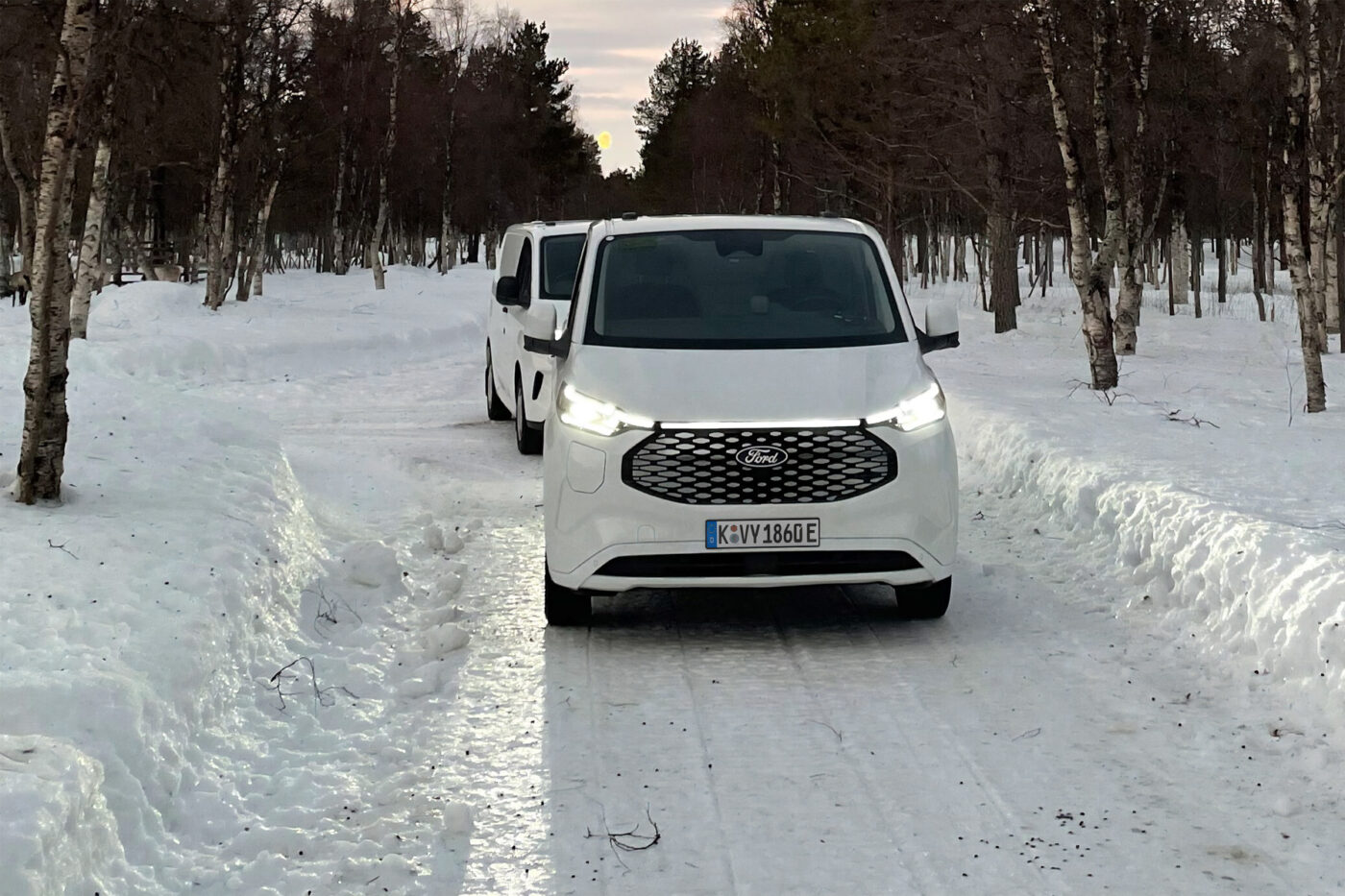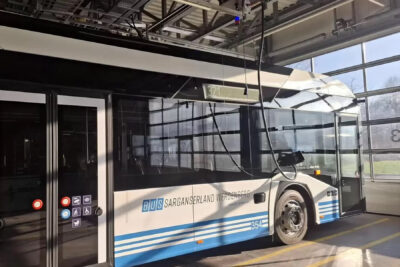Ford uses specially developed heat pump in electric vans
The principle of heat pumps is well known: They use very cold refrigerant gases to absorb heat from the environment and then compress these gases to increase their temperature. In this way, a small amount of electrical energy can be used to drive the heat pump in order to generate a larger amount of heat energy. Ford even speaks of ‘free’ heat energy. Even at ten degrees below freezing, the technology can extract thermal energy from the outside air and use it to heat the cabin.
With the VIHP, Ford uses the aforementioned vapour injection to improve the efficiency of heating and cooling the large van interior. “When temperatures outside rise above 25°C, the pump’s integrated cooling system can also pull heat out of the cabin – reducing the battery power needed to run the van’s air-conditioning,” the manufacturer explains.
Each model was subjected to more than 100 wind tunnel tests and 25,000 kilometres of real-world testing in various conditions – including the heat of the Spanish summer but also up to 34 degrees below zero in the Finnish winter. The result: in the case of the E-Transit with the large battery, the engineers measured an improvement in range of seven to ten per cent. The only catch is that the basis for comparison is not a vehicle with a conventional heat pump, but an e-transit without a heat pump.





1 Comment